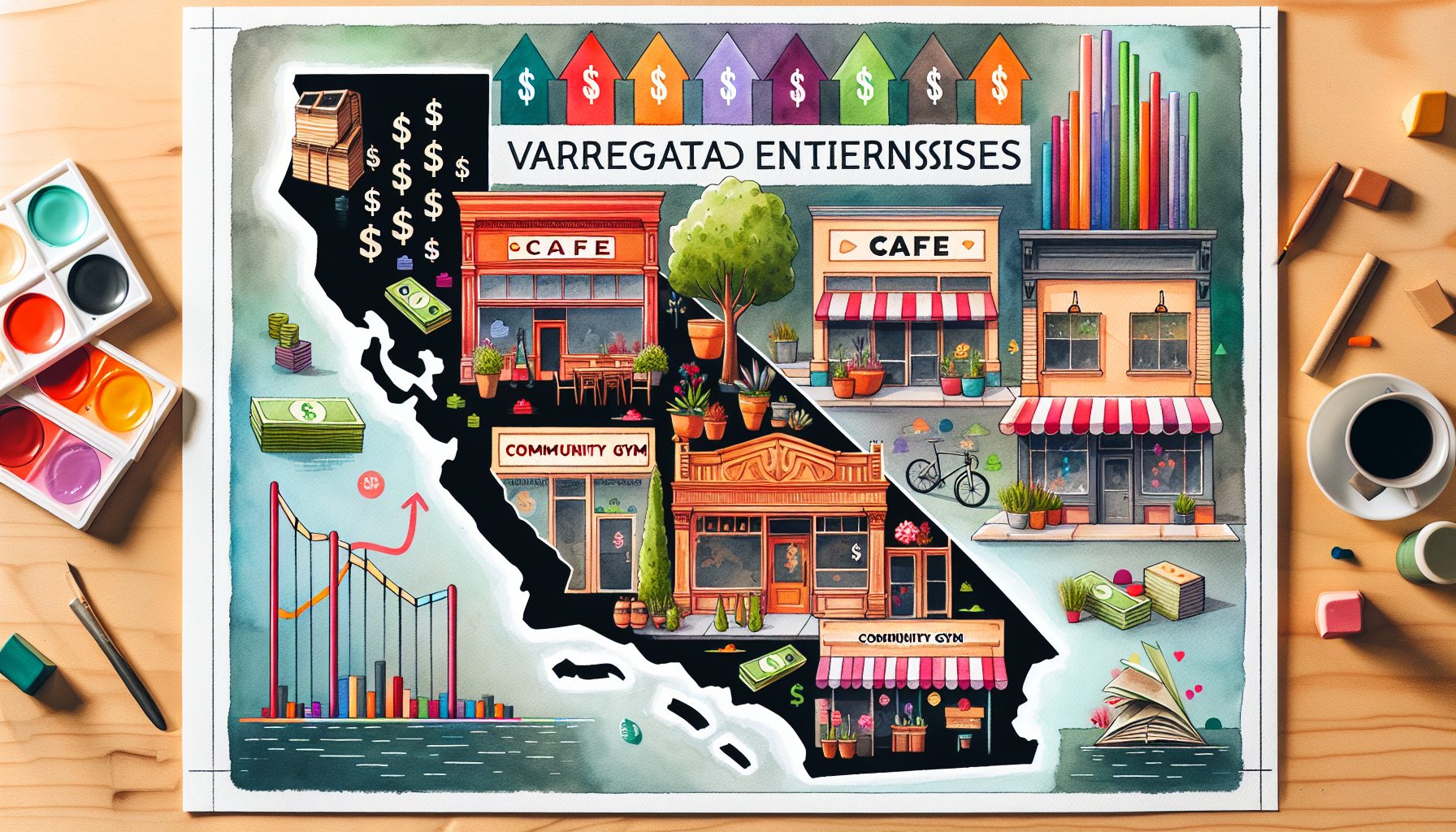California’s skyrocketing expenses are prompting businesses to seek out solutions. Among them is franchise owner Scott Rodrick, who is collaborating with professionals to work out practical and viable solutions.
Rodrick emphasizes the need for increased transparency within the business community, especially amongst struggling family-owned businesses. An alliance formed by Rodrick and others hopes to offer relief by sharing strategies and resources that can combat the harsh economic landscape in California.
As part of the California Alliance of Family Owned Businesses, Rodrick advocates for family businesses, understanding their importance as community resources. He has shown dedication towards empowering these mom-and-pop sh0ps, helping them stay competitive in an ever-changing market.
Recent financial reports paint a bleak picture of California’s economy. Dining prices have spiked by about 22% since the beginning of the government’s current tenure, a situation exacerbated by the COVID-19 pandemic. Grocery and housing costs have seen substantial increases as well, with housing prices soaring by 34%. The average income, however, has not kept up, creating further financial strain on families.
The rising cost of staple meals further illustrates this point. For example, the price of a McDonald’s Big Mac has jumped from $3.99 in 2019 to $8.29 now.
Addressing California’s soaring business expenses
This rise is driven by increased salaries and ingredient costs.
Restaurants are feeling the impact of the state’s revised minimum wage laws. For instance, franchisee Alex Johnson calculates an estimated loss of nearly $470,000 across his ten California branches due to the wage increase. But higher wages are not the only problem; other inflation factors, such as increased commodity prices and rent, also affect profitability.
Restaurant owners are in a predicament. They are pressured to find a balance between positively affecting their employees’ livelihoods and maintaining their business’s growth. One possible solution is the implementation of automated services. Yet, this introduces a different concern, the loss of the personal touch at the heart of the dining experience.
All in all, high costs and rising prices are challenging both restaurant owners and customers. Operators are struggling to maintain profitability, while patrons are feeling the pinch. Despite the financial hurdles, the hope is that this situation will foster resilience and eventually lead to economic revival.










